This story was originally published by Grist. Sign up for Grist’s weekly newsletter here.
Across the nation, strip malls, schools, factories, and other big, nonresidential buildings bask in the sun — a powerful, and too often wasted, source of electricity that could serve the neighborhoods that surround them.
Installing solar panels on these vast rooftops could provide one-fifth of the power that disadvantaged communities need, bringing renewable energy to people who can least afford it, according to a study by Stanford University. Although such power-sharing arrangements do exist, the research found that marginalized neighborhoods generate almost 40 percent less electricity than wealthy ones. “We were astonished to see there is still such a large difference,” said Moritz Wussow, a data and climate scientist and the study’s lead author.
This imbalance, often called the solar equity gap, is even more prevalent in the number of home installations. Placing solar arrays atop large commercial buildings could bring renewable energy to renters, while also helping homeowners who can’t afford the technology’s high upfront cost. Previous research by Wussow’s collaborators found that affluent households are more likely to benefit from tax credits and rebates designed to make solar more affordable. With Solar for All, a federal program funded by the Inflation Reduction Act, poised to give states $7 billion to create fairer access to clean energy, the study shows that harnessing commercial rooftops could be an effective way to reach two-thirds of the nation’s disadvantaged communities and begin to close that gap.
“The renewable energy transition is one of the big pillars of where the government is seeking to spend money,” said Wussow. “Our research is supposed to contribute to narrowing the equity gap, and to provide an idea of how this can be accomplished.”
Using DeepSolar, Stanford’s AI-powered database of satellite imagery, the study tallied the number of photovoltaic panels on large rooftops, at least 1,000 square feet in size, across the U.S. To help its research more readily inform policy, it examined the prevalence of these arrays in census tracts defined as disadvantaged by the federal Justice40 environmental justice initiative. These areas, which must be low income and have a second environmental burden, such as pollution, make up roughly a third of census tracts. The researchers then calculated the cost of generating solar on nonresidential buildings in those areas and found that even in states like Alaska, where the sun all but vanishes for two months each year, the costs per kilowatt would still be cheaper than the local utility rate. If businesses generate their own energy and share it, the results show residents of the surrounding neighborhoods can cash in savings and meet at least 20 percent of their annual power needs.
Despite prevailing equity gaps, community solar projects have been around for over a decade. “I like to think of it as a model, a billing mechanism, where people, regardless of whether they own or rent, can participate in the solar energy transition,” said Matthew Popkin, a U.S. programs manager at RMI, a non-profit dedicated to sustainability research. Most community solar systems rely on subscriptions, where homes connected to a local solar array pay for a share of the energy. Such programs are helping neighborhoods in cities from Denver to Washington, D.C., save money and ditch fossil fuels. “There is no one-size-fits-all approach, there is no model that will nail it for every single community, or a whole city,” Popkin said. “More creativity is probably going to help expand this further.”
Boston, a city short on open space but with plenty of rooftops, can expect to see community solar on commercial buildings expanding soon. The Boston Community Solar Cooperative, which launched this March, will begin its mission to bring clean energy to disadvantaged households with an 81-kilowatt solar array on top of a grocery store in Dorchester, one of the city’s lowest income neighborhoods. Gregory King, president of the cooperative, said the project is only possible because of solar tax credits provided by the Inflation Reduction Act. “The idea behind the model is really to create community empowerment,” he says. “And we have to create more and more, particularly rooftop solar, in an urban environment like Boston.”
Recent changes in how utilities buy back solar energy from homes, a process called net metering, has tipped residential installations into a decline. But with Solar for All funding about to pour into states as soon as July, experts like Popkin say these new resources could shape the next wave of community solar. “The biggest unknown we have right now is what some of those exact funding structures are going to look like,” he said, but inclusive planning will be key. As communities across the U.S. race to seize clean energy benefits, incentivizing businesses to go solar and share the bounty could give everyone a brighter future.
Sachi Kitajima Mulkey is a climate news reporting fellow at Grist.

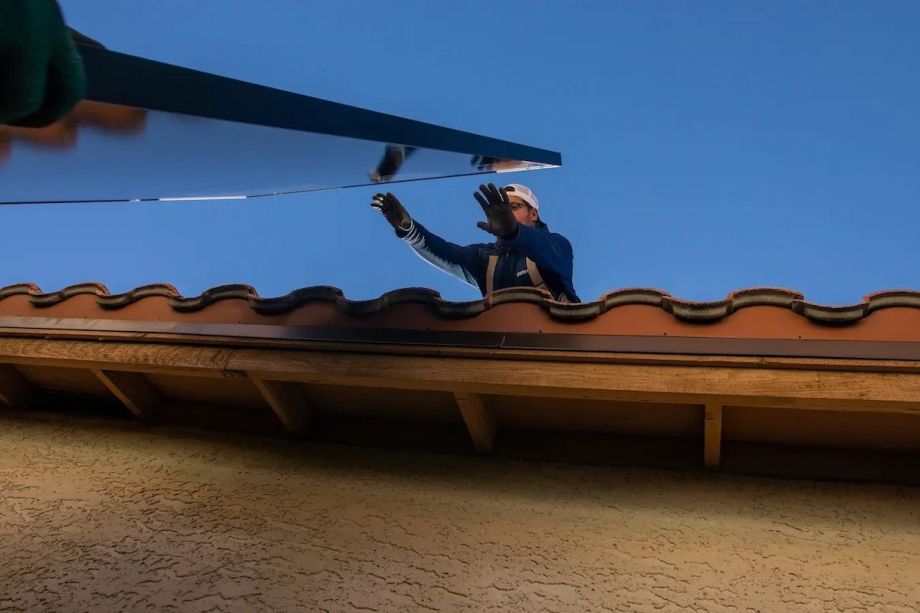
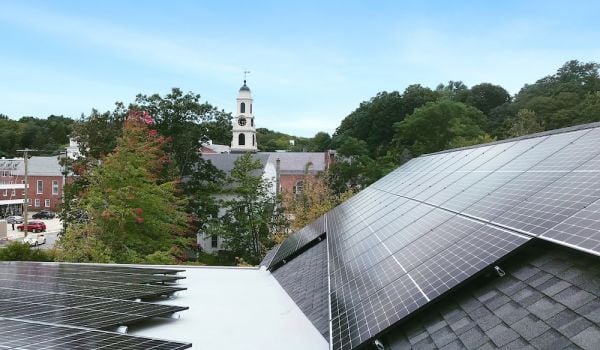

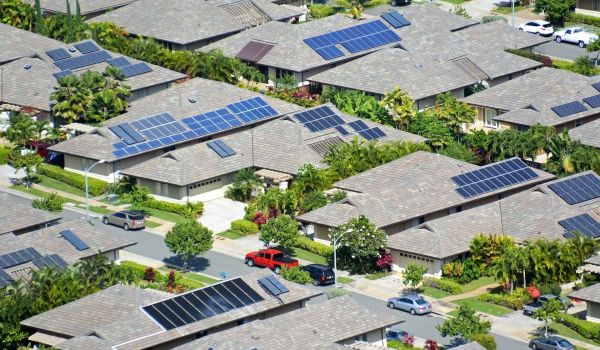
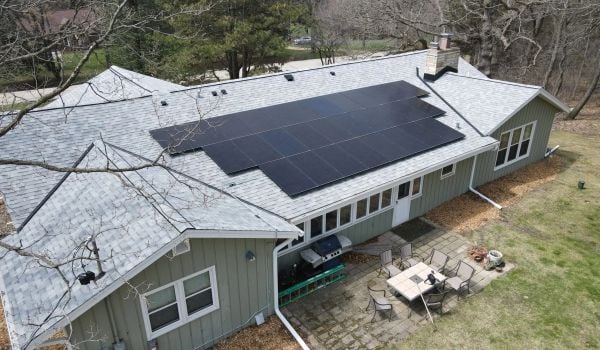
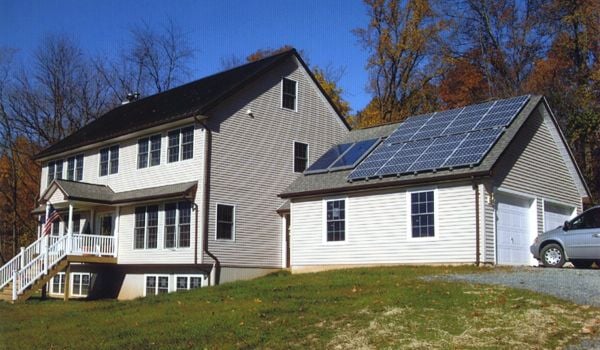
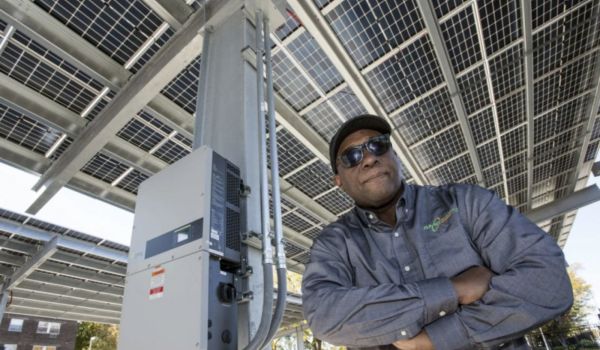
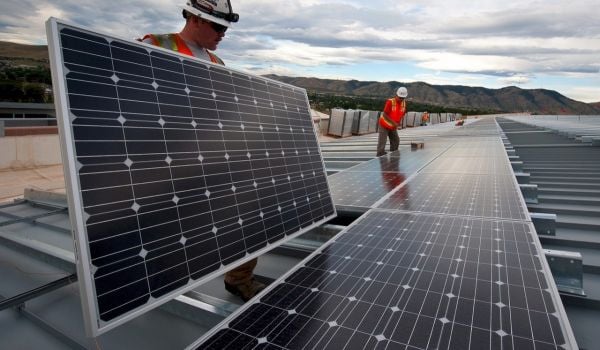
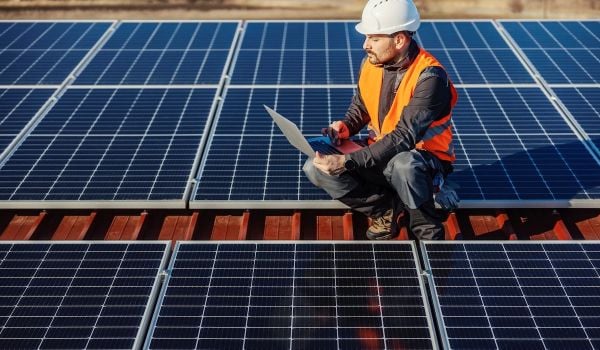







Add to the Discussion
Next City sustaining members can comment on our stories. Keep the discussion going! Join our community of engaged members by donating today.
Already a sustaining member? Login here.